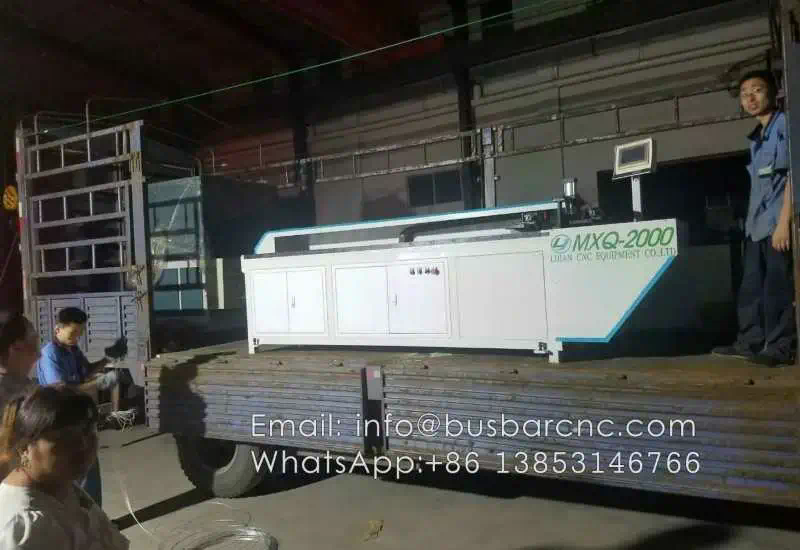In recent years, the manufacturing industry has witnessed a significant transformation with the integration of CNC (Computer Numerical Control) machines and virtual reality (VR) technology. This combination has revolutionized the manufacturing processes, enabling companies to produce high-quality products more efficiently and effectively. In this article, we will explore the manufacturing of the future and the immense potential that CNC machines in combination with virtual reality offer.
CNC machines have been widely used in manufacturing for many years. These machines are automated and controlled by computers, allowing for precise and accurate machining operations. They have greatly improved productivity, reduced human error, and increased manufacturing capabilities. However, the integration of virtual reality takes CNC machines to a whole new level.
Virtual reality technology provides an immersive experience by creating a digital environment that simulates the real world. When combined with CNC machines, it allows manufacturers to visualize and interact with the manufacturing process in a virtual space. This can be particularly beneficial for tasks such as designing, prototyping, and quality control.
One of the key advantages of using virtual reality with CNC machines is the ability to streamline the design process. Designers can create virtual prototypes and test them before moving on to physical production. This not only saves time but also reduces costs associated with material waste. Additionally, virtual reality enables designers to easily make modifications and improvements to the design without the need for physical prototypes. This iterative design process ultimately leads to better product development.
Moreover, virtual reality enhances the training process for machine operators. By using VR simulations, operators can practice operating CNC machines in a safe and controlled environment. They can learn how to set up machines, program them, and troubleshoot any issues that may arise. This significantly reduces the learning curve and minimizes the risk of accidents or damage to machinery. As a result, manufacturers can train operators more efficiently and ensure a higher level of expertise.
Another application of CNC machines in combination with virtual reality is in quality control. Virtual reality allows inspectors to examine products in a virtual space, zooming in on specific areas and analyzing them in detail. This eliminates the need for physical inspection, which can be time-consuming and costly. With virtual reality, inspectors can easily detect any defects or anomalies and take corrective actions promptly. This improves the overall quality of the products and reduces the risk of faulty items reaching the market.
In addition to improving the design, training, and quality control processes, the integration of CNC machines and virtual reality also offers benefits in terms of efficiency and productivity. By visualizing the manufacturing process in a virtual space, manufacturers can optimize workflows, minimize downtime, and improve overall efficiency. They can identify bottlenecks, make necessary adjustments, and ensure that every step of the production process is optimized. This results in faster production cycles and increased output.

Furthermore, virtual reality can enhance collaboration in the manufacturing industry. With virtual reality, designers, engineers, and operators can work together in a shared virtual environment, regardless of their physical location. They can collaborate in real-time, exchange ideas, and make decisions collectively. This not only improves communication but also fosters innovation and creativity within the team.
However, despite the many advantages, there are challenges to overcome when implementing CNC machines in combination with virtual reality. The initial cost of acquiring the necessary hardware and software can be high. Additionally, there may be a learning curve for employees who are unfamiliar with virtual reality technology. Training programs and support systems need to be in place to ensure a smooth transition and optimal utilization of the technology.
In conclusion, the manufacturing of the future lies in the integration of CNC machines with virtual reality. This combination offers numerous benefits, from streamlining the design process to enhancing training, quality control, and productivity. As technology continues to evolve, it is imperative for manufacturers to embrace these advancements and stay at the forefront of innovation. By harnessing the power of CNC machines and virtual reality, manufacturers can unlock new possibilities and propel their businesses into the future of manufacturing.
